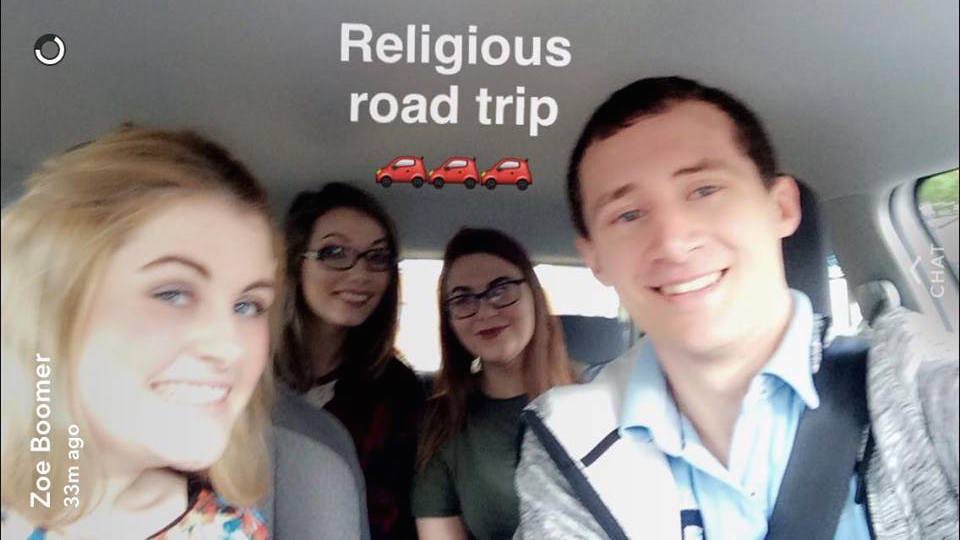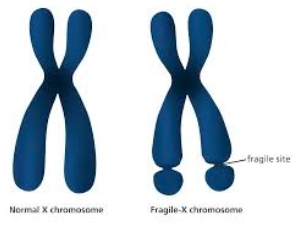In learning about social studies, I felt it was important to go out and ‘do’ it. Our Tutor recommended the Dark Dundee walking tour company, so Kim, Katy and I headed out to see what we could learn. Dark Dundee are a local company which specialises in walking tours in and around Dundee. They run lots of aptly-named tours, such as : ‘Crimes of Passion’, ‘A Dark History’, and ‘Dead Centre’, all of which sounded exciting, but we went for ‘Twisted in Time’. This was to explore the “truth to Dundee’s darkest myths and legends”, look at the facts behind what people believe today, and the truth to the stories that we hear in Dundee. I can assure you, we were not disappointed!
Another motivation for going on this tour was that it was specifically related to Dundee. I’m from edinburgh myself, and I have very little local knowledge. If i were in Edinburgh, I know lots of stories and local legends, which I think would be nice to share with a class of. So far, this has not been a problem, however, with probation year looming, I know that I need to act fast. Having recently had a talk from the GTCS on where I will choose to go next year to work, I have decided that I would like to stay in Dundee. This throws up the issue of what do I do if I am to cover a topic based on local history? Being honest, I would not know where to start! I thought this tour could be the much needed start in exploring my adopted home!
The tour promised “Dragons, cannibals, plenty more real monsters and tales of savage punishment and ancient feuds, this twisted tour just might keep you up at night…”, so we were excited when we approached the dragon statue in the city centre to begin the tour…
At the dragon, we learned about the story behind it. The story of the Nine Maidens of Pitempten. The legend goes that there was a farmer, who had nine daughters, and sent one down to fetch water from the well, and when she did not return, he sent another to find her, until eventually they were all gone and he had to go out to look for them himself. When he reached the well, he was met with the horror of the nine girls bodies strewn around a large dragon, which had killed them all. The farmer escaped and raised the alarm in the town and Martin, the supposed lover of one of the girls lead the charge to slay the dragon. He was egged on by cries of “Strike, Martin!”, and he eventually killed the dragon and saved the town. Nowadays this is why there is an area of Dundee called ‘Strathmartine’, named after this hero of local legend. Our tour guides, at this point, started to unpick the legend. Firstly the legend actually speaks of a serpent, not a dragon, so why the dragon statue? And if the hero of the legend is Martin, why is the statue of the villain? Well the answer is very simple, because a statue of a dragon is far more impressive! The dragon looks ‘cooler’ than a statue of an ordinary-looking man, plus there is no way of knowing what Martin even looked like!
The story is certainly unlikely to be true. I did a search of the story to gain a little insight into the story! According to some of research, the monster was a dragon, a serpent, and two intertwined snakes. One respondent to Dark Dundee’s explanation of the story suggested an alternative, which said that ‘Nine Maidens’ are referred to throughout Scottish folklore, dating to Pictish times, where there were nine maidens who were the daughters of a St Donevald, and upon his death they lived near a large oak tree, where they were eventually buried upon their deaths, and the site became a pilgrimage location. According to this respondent, a cult of these nine maidens was created and the church forbade pilgrimage to this site. It could perhaps be that this story was used to deter people from making the pilgrimage. This could be very plausible, as our Dark Dundee tour guides noted that the story could have been a fictional cautionary tale, and that the girls were eaten for the terrible crime of dancing on a Sunday…
We also stopped at this plaque on the Murraygate. It is to commemorate Grissell Jaffray, the final woman in Dundee to be executed as a witch. She was killed in 1669, however the records of her trial conveniently were destroyed in a fire, so only limited information is known. Because if what is known of witch trials at the time, it is very likely that a confession was extracted through some means of torture, such as the removal of fingernails. In this case, after her death, three presbyterian ministers were held responsible for her horrific death, where she was eventually burned at the stake.
Supposedly the day she burned, her son was captaining a ship arriving into Dundee port, and the pyre’s smoke was high and visible from the ship. The son turned to a fellow sailor and asked what was happening. He was told that it was his mother’s execution for witchcraft. Upon hearing this, the son turned the ship around and sailed out of Dundee, not wanting to be associated with his mother. Also, there is a gravestone in the Howff cemetery in Dundee, which is the final resting place of her remains
This was all very interesting, we lent in further to find out more… only to be told that this is not even true! Well, Grissell Jaffray was real, and she really was executed for witchcraft in 1669. However, for a convicted witch to have been buried on consecrated ground is just not possible! Our tour guides also told us that the story about her son is just a tad implausible! Surely if one’s mother was burning on a stake and you heard about it you would want to rush there quickly? And how could the other sailor have known about it, but not the woman’s own son? And to cement this doubt, our tour guides offered us one more piece of evidence to disprove this part of the story: there is no record of Grissell Jaffray having any children!
So what did I learn? Well there were a lot more stories and tales told, with various levels of authenticity, and as one might expect, more is known of the more recent stories. I have not referred to them specifically, as I wouldn’t wish to reveal too much of the tour, but there were many different things I learned. I think that as a learner I found out a little more about Dundee as a city, and as a local resident I think it is good to know little things like this, as it makes me feel more of a part of the local community, and this is something I think could be pertinent to children in classes I will work with. I think as a teacher, if I ever move to work in a new city, I will try to find out about local folklore and history, as I think it would be nice to share with children.
I think that children could benefit from a tour like this, where they could see the things they were learning about. I think that the tour offered a different approach to the stories we learned, one where the walking element itself could be underestimated, as this kept me interested and wondering what was coming next throughout! I asked one of our guides if they ever did tours with school groups, and he told me that they didn’t, but that is wasn’t out of the question. I think I wouldn’t take children on this tour specifically, as it was perhaps a little too gory and grim for the age groups I would be working with, however i think a tour like this has potential to be a fantastic teaching resource.
We really enjoyed our 90 minutes walking around the city centre, this is the link to go to if you’d like to take the tour, I can assure you you won’t regret it!
https://www.darkdundee.co.uk/#the-tours
After the tour, I stopped the other two and filmed a short video of each of us saying what we thought of the experience!
http://angusfolklore.blogspot.co.uk/2015/08/martins-stone-and-nine-maidens-and.html
http://www.dundeemessenger.co.uk/myths-and-legends/the-dundee-dragon/
http://www.dundeemessenger.co.uk/myths-and-legends/the-dundee-dragon/








































